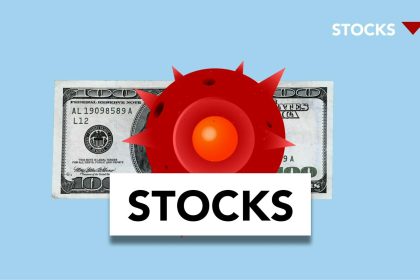Is the AI Investment Bubble About to Burst?
Is the AI Investment Bubble About to Burst? Is the AI Investment…
Tech Stock Valuations: Is a Bubble Brewing?
Goldman Sachs strategist Peter Oppenheimer discusses the stretched valuations in the US…
Technology Sector Valuations: Not a Bubble Yet, But Proceed With Caution
Goldman Sachs believes the tech sector isn't in a bubble yet, but…
AI Valuation Bubble: Is It Getting Silly?
Are soaring tech valuations driven by AI a sign of innovation or…
AI Bubble Risk: Bank of England Issues Stark Warning
The Bank of England has issued a critical warning about the escalating…
AI’s Ascent: Financial Giants Sound the Alarm on a Potential Tech Bubble
As artificial intelligence continues its meteoric rise, financial institutions like the Bank…
Beyond the Hype: Yale Experts Predict the Imminent AI Bubble Burst
A close examination of the intricate web of AI deals among tech…
The AI Boom’s Shadow: Are Interconnected Deals Propping Up a Trillion-Dollar Bubble?
The AI Boom's Shadow: Are Interconnected Deals Propping Up a Trillion-Dollar Bubble?…


 Source: [https://www.forbes.com/sites/qai/2024/05/15/is-an-ai-bubble-forming/](https://www.forbes.com/sites/qai/2024/05/15/is-an-ai-bubble-forming/)](https://thebossmind.com/wp-content/uploads/1/2025/10/pexels-photo-3851254-420x280.jpeg)





